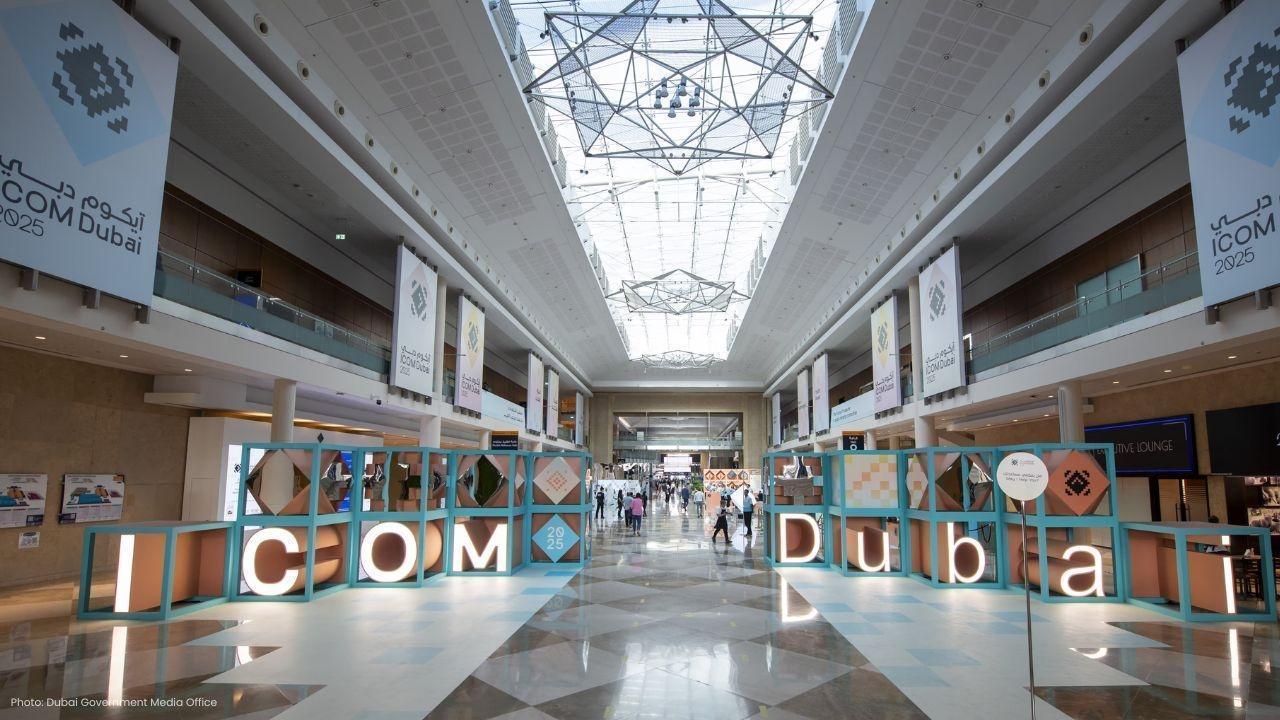
Post by : Vansh
Understanding Culture Design and Its Importance in the Workplace
In today’s competitive business environment, companies recognize that success is not just about profits or products but also about the workplace culture that drives performance. The concept of how culture design shapes successful workplaces is gaining momentum as more organizations realize that a thoughtfully crafted culture can significantly influence employee satisfaction, innovation, and overall business outcomes.
Culture design refers to the intentional creation and management of workplace values, behaviors, and social norms. It goes beyond perks and benefits; it focuses on creating an environment where employees feel motivated, valued, and aligned with the company’s vision. This article explores how culture design plays a crucial role in shaping workplaces that thrive.
Understanding the Foundations of Culture Design
To comprehend how culture design shapes successful workplaces, it is essential to first understand what culture means in a corporate setting. Culture includes shared beliefs, attitudes, and behaviors that define how people interact and work together. Culture design is a strategic approach to intentionally mold these elements to support business goals.
A strong culture provides clarity on expectations, promotes open communication, and fosters trust. When employees clearly understand their roles and values, they are more engaged and committed. Culture design also helps establish a sense of belonging, which is critical for employee retention and motivation.
How Culture Design Enhances Employee Engagement and Productivity
One of the most tangible ways how culture design shapes successful workplaces is through enhanced employee engagement. Engaged employees are more productive, creative, and loyal. They tend to put in discretionary effort because they feel emotionally connected to their work and workplace.
By designing a culture that prioritizes recognition, continuous learning, and collaboration, companies encourage employees to perform at their best. For example, a culture that values feedback and growth can inspire employees to improve their skills and contribute innovative ideas. When people feel heard and appreciated, it boosts morale and drives productivity.
Fostering Innovation Through Culture Design
Innovation is a key driver of success in modern organizations, and culture design is integral to fostering an innovative environment. A workplace culture that encourages risk-taking, experimentation, and learning from failure creates a safe space for creativity.
When leaders intentionally design a culture where employees feel empowered to share ideas without fear of criticism, it leads to breakthroughs that can transform the business. This type of culture supports collaboration across departments, breaking down silos and enabling the free flow of knowledge.
Aligning Culture Design with Company Values and Vision
For culture design to be effective, it must align closely with the company’s core values and long-term vision. This alignment ensures that every employee understands not only what is expected but also why it matters.
A clear connection between culture and vision helps employees see how their work contributes to bigger goals. This sense of purpose strengthens motivation and commitment. It also attracts like-minded talent who share the organization’s values, further reinforcing a positive workplace culture.
Practical Steps to Implement Culture Design
Understanding how culture design shapes successful workplaces is just the beginning. Companies must take deliberate actions to implement culture design effectively. Here are some practical steps:
Define Core Values Clearly: Identify and communicate the fundamental values that will guide behavior and decision-making.
Lead by Example: Leaders must embody the culture they want to create, setting the tone for the entire organization.
Encourage Open Communication: Create channels where employees can share ideas, feedback, and concerns openly.
Invest in Employee Development: Offer training and growth opportunities that align with cultural goals.
Celebrate Successes and Learn from Failures: Recognize achievements and use setbacks as learning experiences.
By taking these steps, organizations can build a culture that not only attracts and retains talent but also drives sustainable success.
Disclaimer:
The content provided by MiddleEastBulletin is for informational purposes only and does not constitute professional advice. While we strive to ensure accuracy, readers should verify facts and consult relevant experts before making decisions based on this information. MiddleEastBulletin is not responsible for any outcomes resulting from the use of this content










James Anderson Agrees to Another Year with Lancashire
James Anderson extends his stint with Lancashire for another season, showcasing his enduring passion

Haryana's Chief Minister Honors Shafali Verma for World Cup Victory
CM Nayab Singh Saini awarded Shafali Verma ₹1.5 crore and a Grade A certificate, celebrating her rem

South Africa Looks to Cement Their Status Against India in Test Series
The Proteas set to showcase their prowess as they face India in a Test series, with the focus on sec

Concerns Grow for England as Mark Wood Faces Injury Ahead of Ashes
Mark Wood's hamstring stiffness raises alarm for England's Ashes hopes, as scans are set to determin

Nelly Korda Poised for Comeback at The Annika Tournament
Nelly Korda returns to The Annika tournament after a five-week break, aiming to shake off her winles

Jokic Shines with 55 Points as Nuggets Defeat Clippers 130-116
Nikola Jokic scored a stunning 55 points, propelling the Nuggets to a 130-116 victory over the Clipp